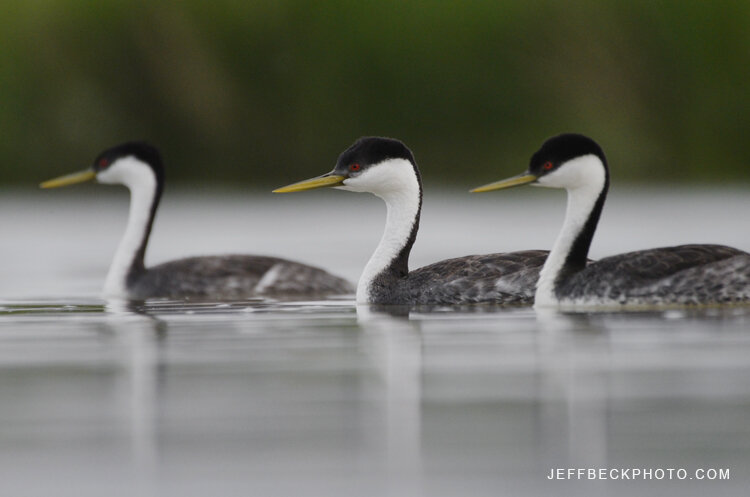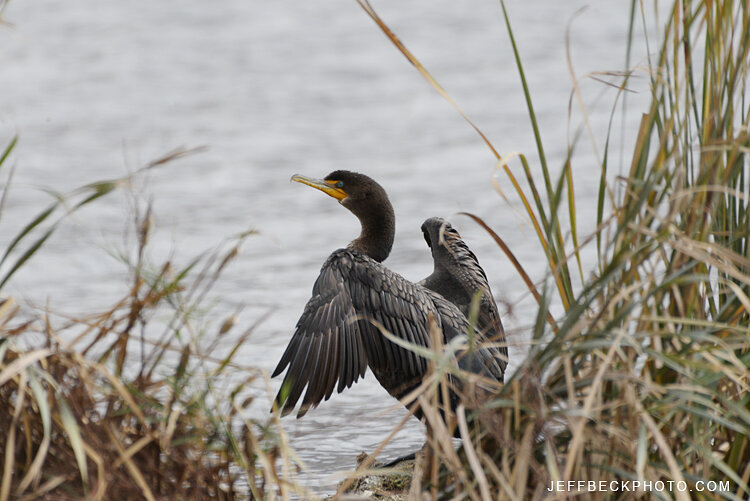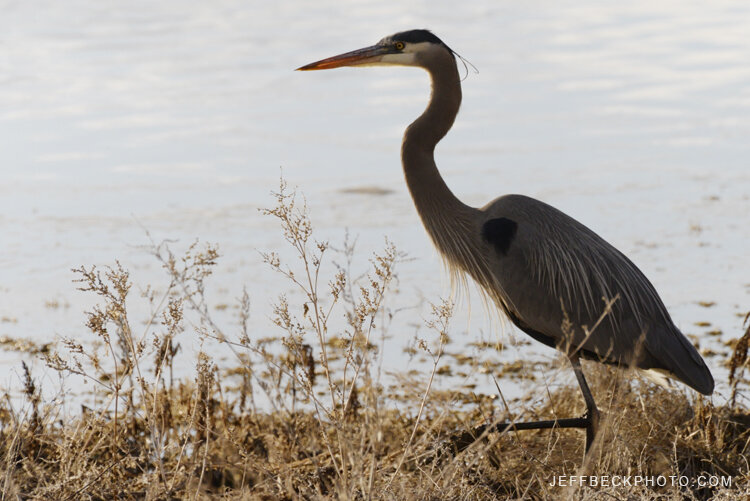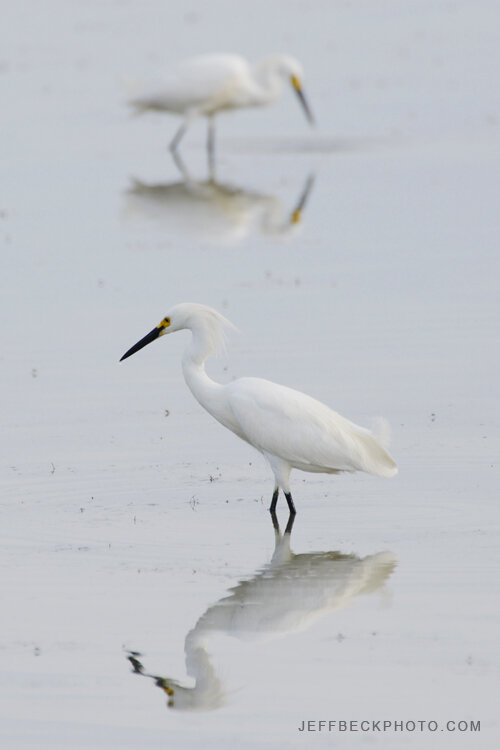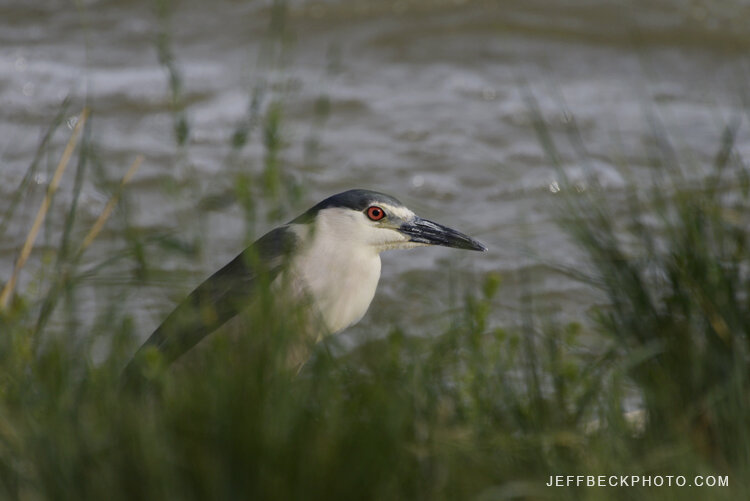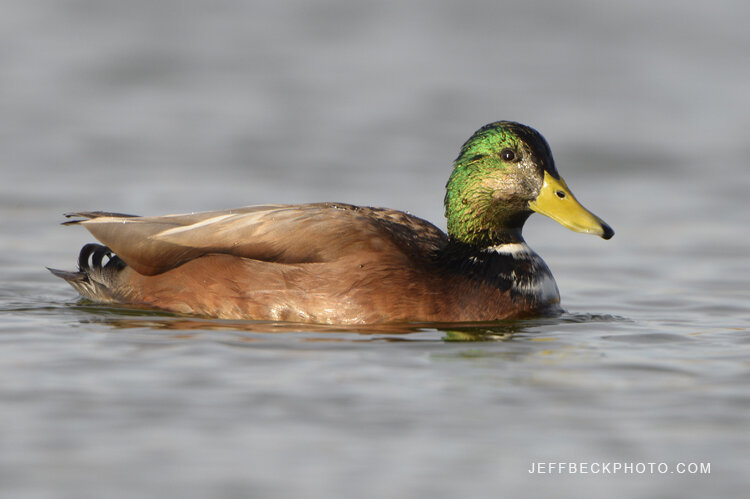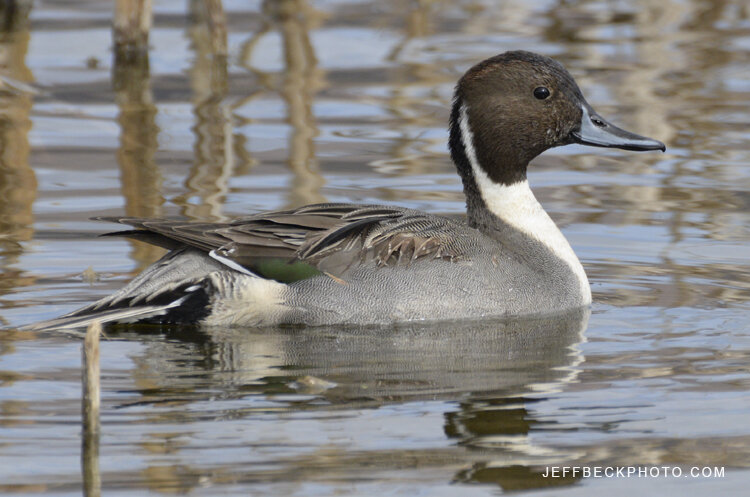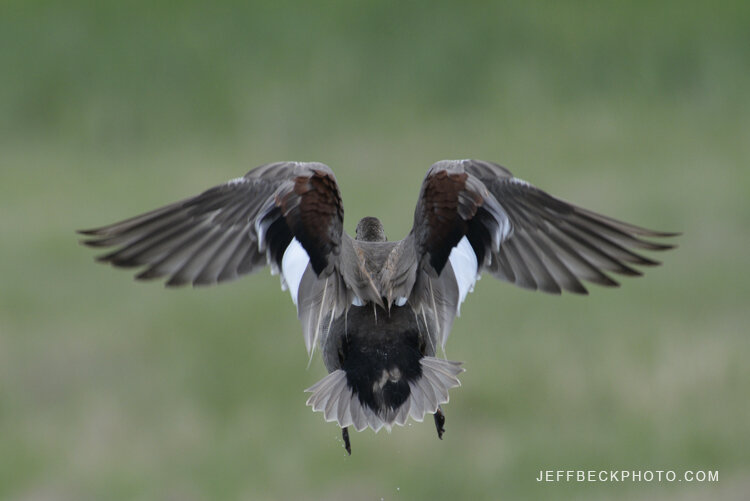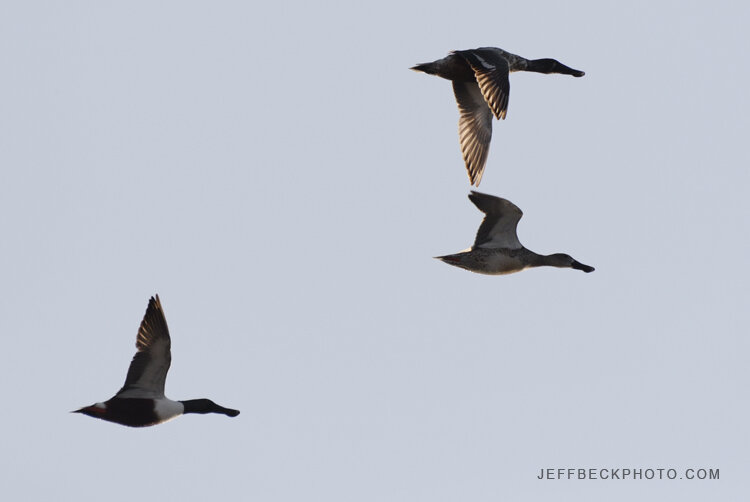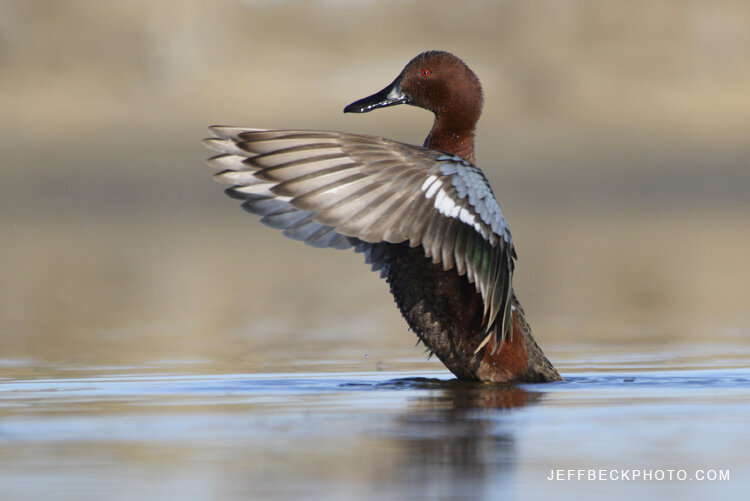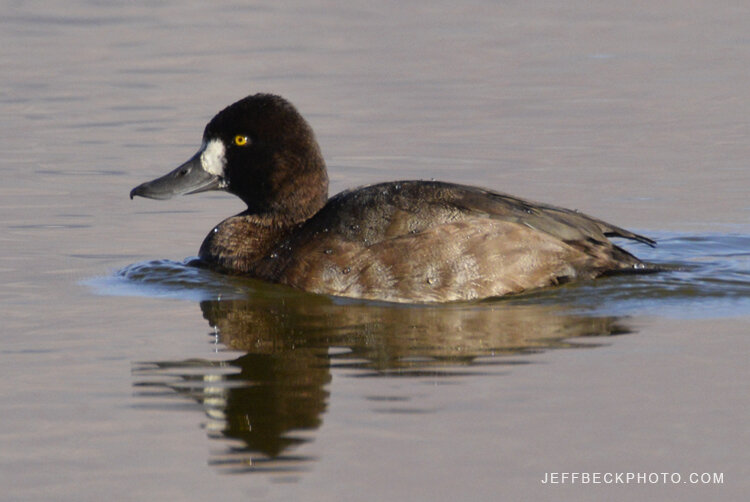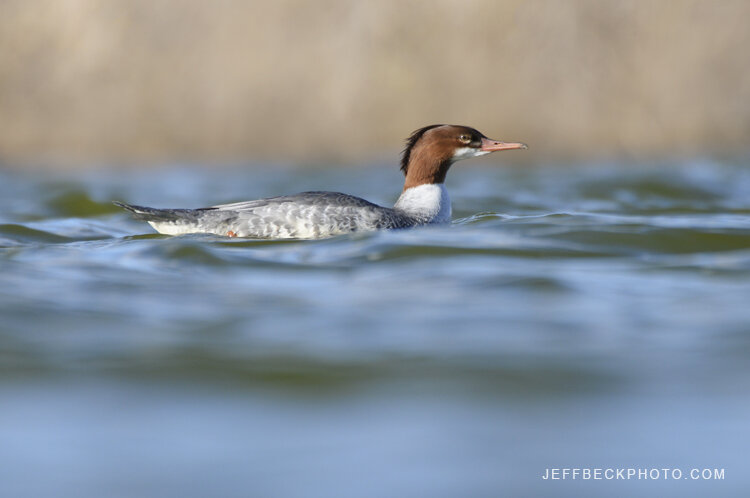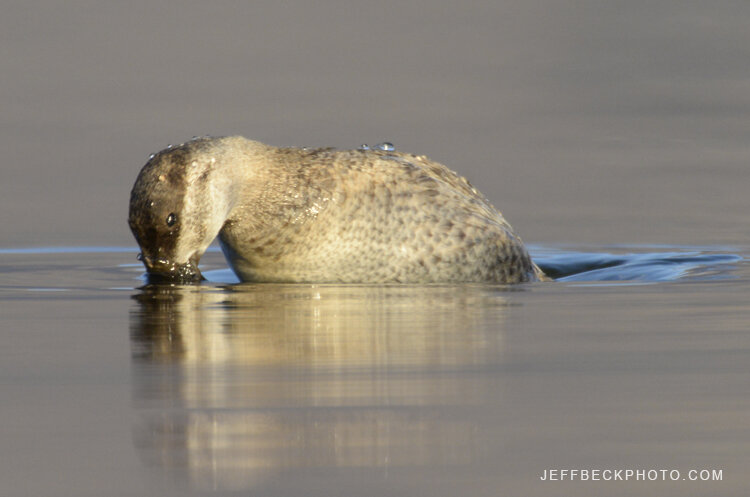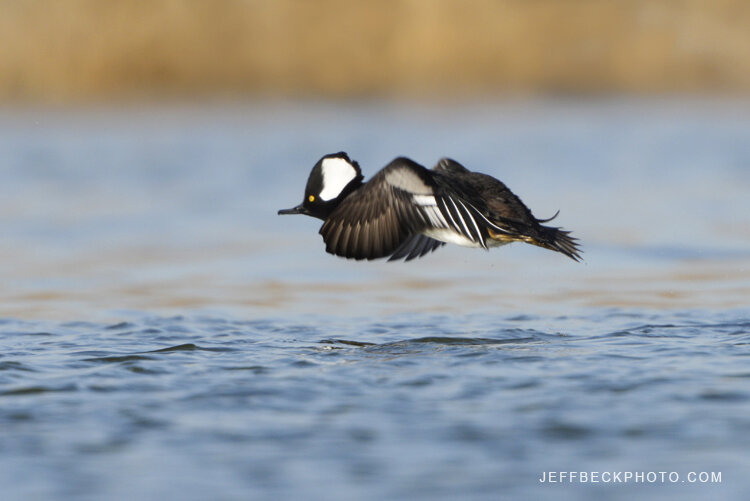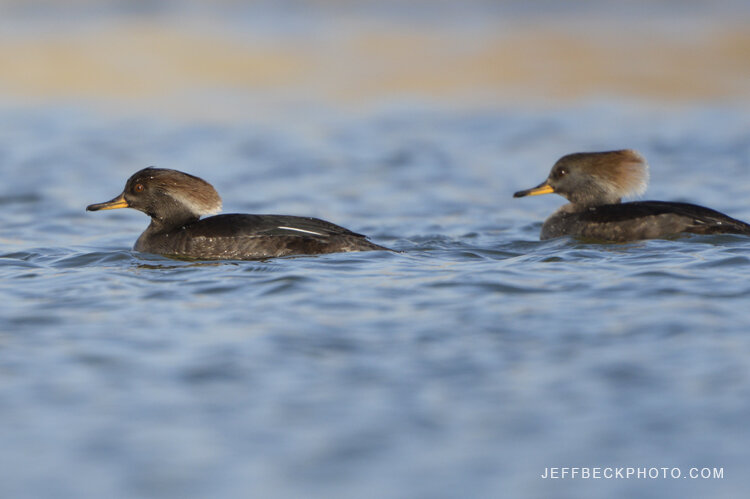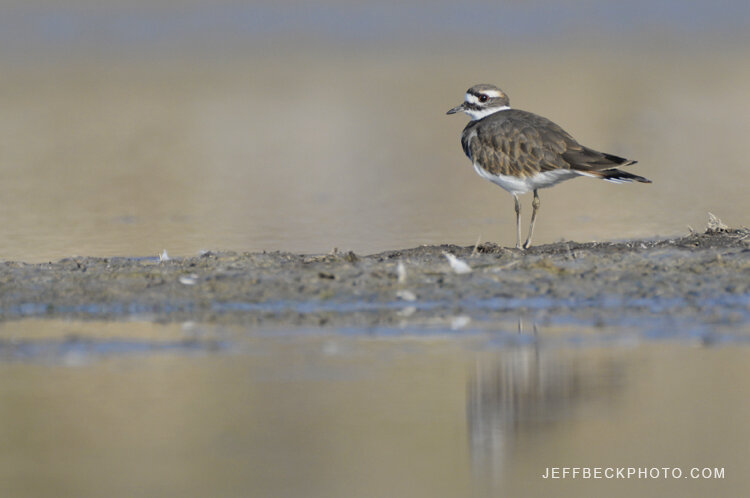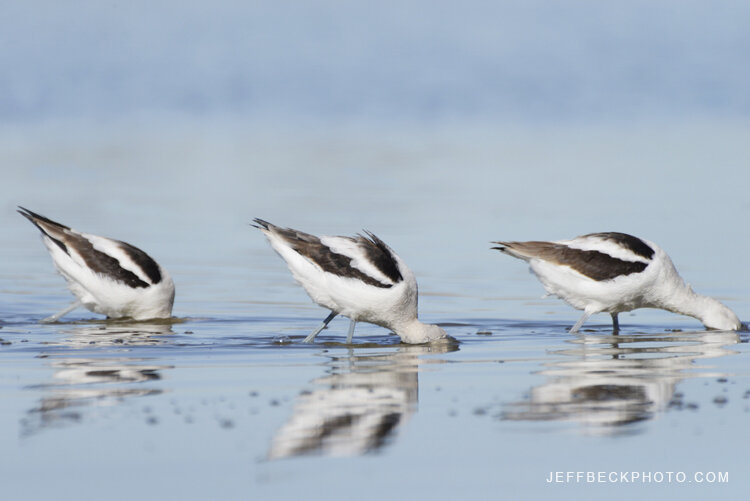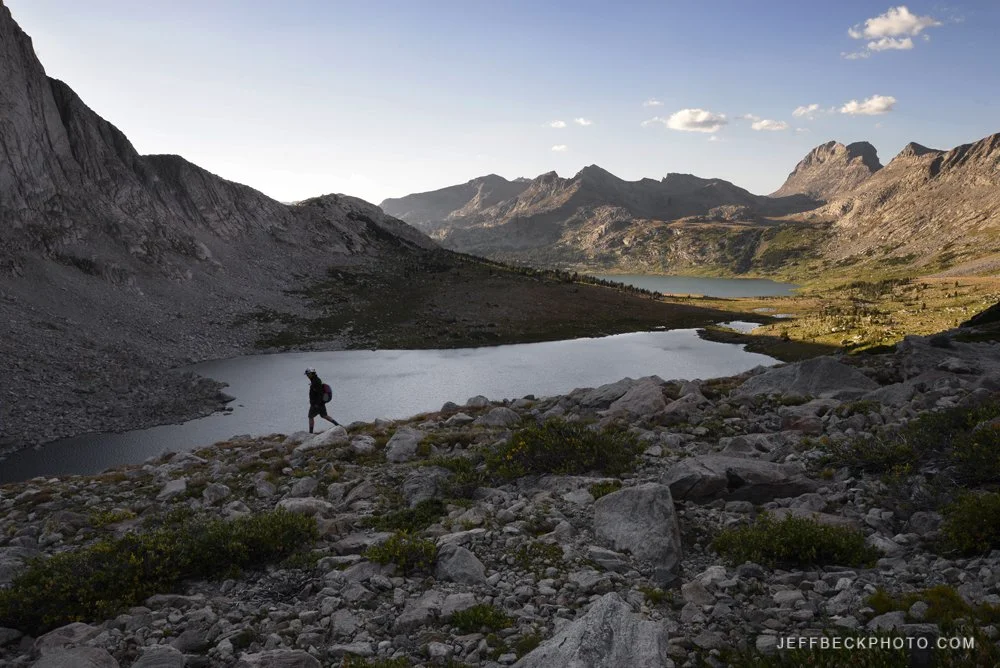I was blessed to spend a week in April backpacking in the Escalante wilderness with two of my favorite people in the world, in one of my favorite places in the world. The Canyons of the Escalante is a true wilderness; rugged and austere, seemingly impenetrable, vast and incomprehensible. I find it incredibly challenging to capture images that express the visceral and emotional intensity of being there.
Seems like it should be easy, point your camera in any direction, click, and presto you’ve got an instant classic. Everything looks amazing as you move through the landscape, your mind effortlessly removing the clutter, and your eyes simultaneously revealing detail in bright skies and shadowed canyon walls. I worked hard to put some of that beauty and grandeur I was seeing on my memory cards, but I’d be lying if I said I wasn’t disappointed with my efforts once I got home.
This portfolio is a response to that disappointment. In some cases an attempt to simplify and distill the graphics even more. In some cases a way to push the processing further; to pump up the contrast without moving the colors into the garish and unreal realm. I don’t think any of these images end up in my greatest hits, but I do like the cohesion of this portfolio. Like puzzle pieces, together these images start to tell the story of this singular place.











